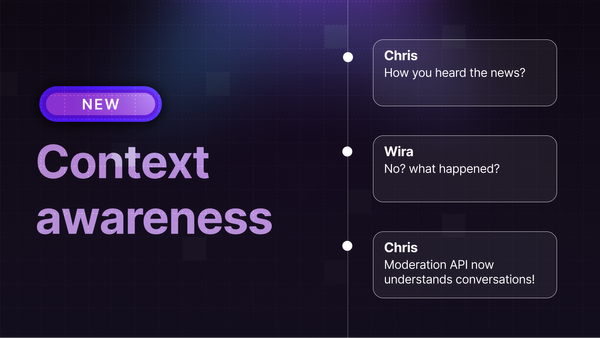New Sentiment Analysis Model

A new sentiment model just became available in your dashboards. In our evaluations the new model seems to surpass other solutions on the market when understanding underlying sentiment in more complex senteces. This is probably due to the underlying large language model with its remarkable contextual understanding.
The model detects the following labels: NEUTRAL, POSITIVE, and NEGATIVE. It is built using our new custom model builder, and that means you'll be able to tweak the model to your specific needs. For example, you can fine-tune it to always return NEGATIVE in case a text has any negativity, instead of balancing the answer based on the whole text.
Detecting sentiment is not a definitive science. Take the following example:
“The product looks very vintage”
In some industries a vintage product might be bad, while in other cases it could be positive, and alternatively, you could label it as neutral because the text does not express a strong opinion. In other words, text can easily be ambiguous.
Now, take this example:
“Congratulations on your promotion, but I’m going to miss working with you.”
In this example we have some contracdicting emotions. The overall sentiment towards the situation is positive, but the emotional state of the author is negative. The question is whether you want to include emotions in your model.
These types of nuances is why we are excited about helping you tweaking the model for your exact use-case.
You can add the model to a project in your dashboards or try it on the demo page here.




